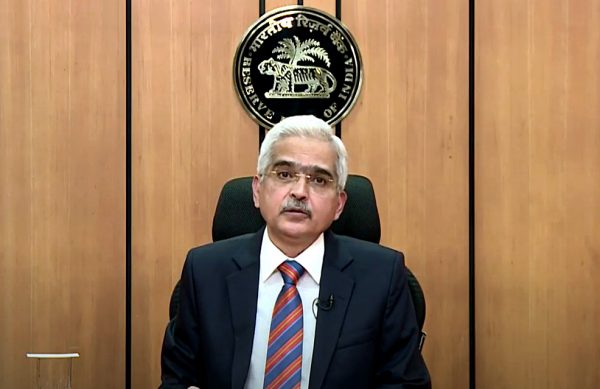Sirius JV emerges as a key player in the digitalization of India’s economy, capitalizing on Sirius’s global digital transformation expertise and Adani’s strategic insights
Our Bureau
Mumbai
In a big announcement on Thursday, Union Minister Piyush Goyal said that 13 crore people came out of poverty in the country during a five-year period. The Minister said the Indian economy has seen tremendous resilience with “low inflation” and “a high rate of growth.”
The minister also said that the Union government has set ambitious targets for exports for the new year. “With the new year, we have very ambitious targets for export. The Indian economy has seen tremendous resilience and outstanding results in terms of our ability to continue to be the fastest-growing large economy in the world, with low inflation and a high rate of growth. There is significant stability of our Indian currency,” the minister for commerce and industry said.
Citing a NITI Ayog report, the minister said, “With inclusive growth, 13 crore people came out of poverty in a five-year span.”
“A rapidly growing middle class is leading to greater demand for goods and services, the minister added. “We will focus on exporting in areas like processed food, Shri Anna and other agricultural products. More than 30 million Indian diaspora live in the world,” the minister said, adding that Indian food products are today very much consumed by foreigners across the world.
Adani and Sirius form a joint venture
Adani Enterprises Limited (AEL) and Sirius International Holding Limited, a subsidiary of International Holding Company (IHC), UAE, have formalized a joint venture named Sirius Digitech International Limited (Sirius JV).
This partnership, with Sirius holding 51 per cent and Adani 49 per cent, aims to spearhead India’s digital transformation, targeting the colossal USD 175 billion digital economy opportunity.
Sirius JV emerges as a key player in the digitalization of India’s economy, capitalizing on Sirius’s global digital transformation expertise and Adani’s strategic insights.
The venture is set to lead the USD 175 billion digital transformation opportunity, which is projected to evolve into a USD 1 trillion market by 2030.
The joint venture is geared towards deploying cutting-edge technologies, including Artificial Intelligence (AI), Internet of Things (IoT), and Secured Blockchain Products. This tech arsenal will be harnessed for industrial applications, marking a significant leap in efficiency, real-time decision-making, and transformative business models.
Sirius JV envisions creating an integrated ecosystem of digital platforms that extends across infrastructure industries, FinTech, HealthTech, and GreenTech. The comprehensive approach aims to optimize industries, streamline processes, and foster growth in various sectors.
Strategic Testbed Deployment: solutions. This deployment strategy ensures a robust foundation for testing and refining cutting-edge technologies in real-world industrial scenarios.
Bad assets of banks continue to decline: RBI
Reserve Bank of India on Thursday released the 28th issue of the Financial Stability Report, December 2023 reflecting the collective assessment of the Sub-Committee of the Financial Stability and Development Council (FSDC) on risks to financial stability and the resilience of the Indian financial system.
According to the RBI report, Scheduled Commercial Banks’ gross non-performing assets (GNPA) ratio continued to decline to a multi-year low of 3.2 per cent and the net non-performing assets (NNPA) ratio to 0.8 per cent in September 2023.
RBI further stated that the Indian economy and the domestic financial system have remained resilient which is supported by strong macroeconomic fundamentals and healthy balance sheets of financial institutions, moderating inflation, improving external sector position and continuing fiscal consolidation.
However, RBI also stated that the global economy is facing multiple challenges: prospects of slowing growth; large public debt; increasing economic fragmentation; and prolonging geopolitical conflicts.
As per the report, the capital to risk-weighted assets ratio (CRAR) and the common equity tier 1 (CET1) ratio of scheduled commercial banks (SCBs) stood at 16.8 per cent and 13.7 per cent, respectively, in September 2023.
“Macro stress tests for credit risk reveal that SCBs would be able to comply with minimum capital requirements, with the system-level CRAR in September 2024 projected at 14.8 per cent, 13.5 per cent and 12.2 per cent, respectively, under baseline, medium and severe stress scenarios,” RBI report said.
Also, the RBI said that the resilience of the non-banking financial companies (NBFCs) sector improved with CRAR at 27.6 per cent, GNPA ratio at 4.6 per cent and return on assets (RoA) at 2.9 per cent, respectively, in September 2023.


























